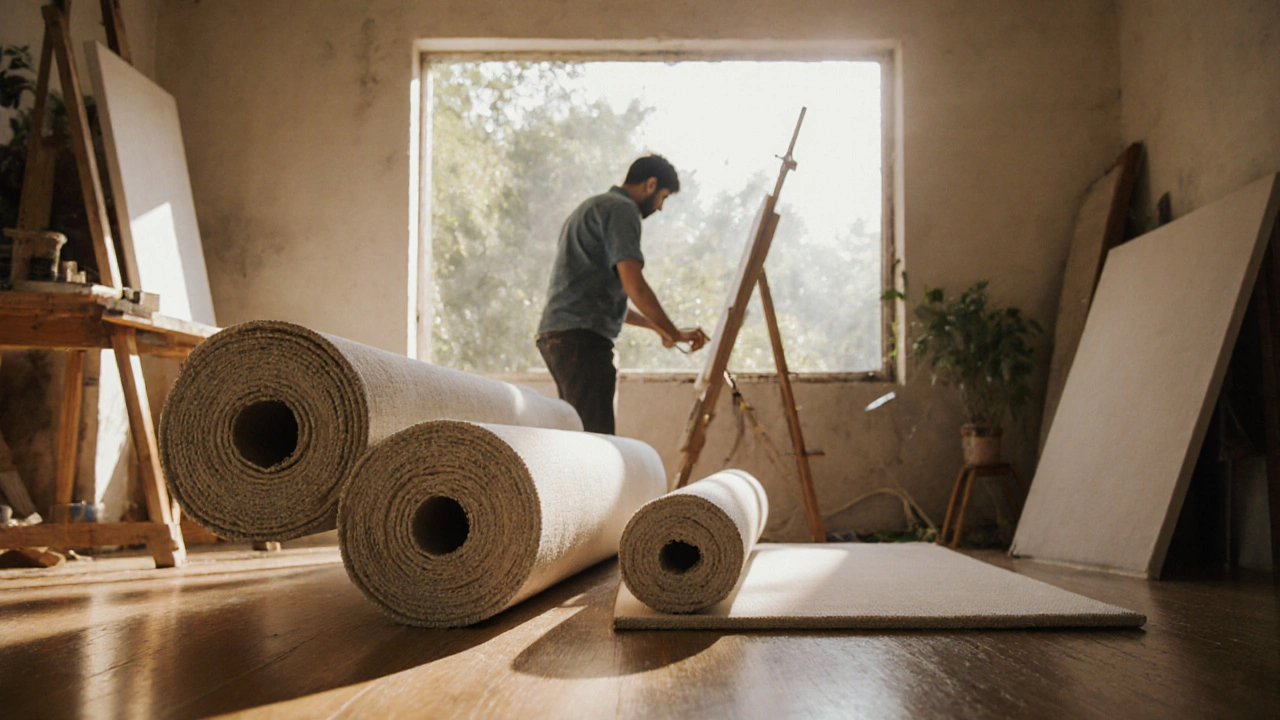Best Canvas for Oil Painting
When you search for best canvas for oil painting, you’re really looking for a surface that holds paint, stays flat, and lasts years. Best canvas for oil painting, the ideal painting surface that balances texture, durability, and cost. Also known as oil painting canvas, it shapes how colors blend and how a finished piece ages.
One of the first choices is material. Linen canvas, a high‑quality, tightly woven fabric made from flax fibers offers a smooth, strong base that resists sagging. It’s favored by professionals who need a fine grain for detailed work. Cotton canvas, a more affordable, slightly looser weave made from cotton fibers works well for beginners and larger formats where cost matters. Both fabrics need proper prep, but linen’s tighter weave often means you’ll get sharper edges on brushstrokes.
Surface preparation is the next big step. Gesso, a primer that seals the canvas and creates a uniform tooth acts like a handshake between canvas and oil paint. A couple of thin coats let the canvas breathe while preventing oil from soaking through. Without gesso, colors can look dull and the canvas may weaken over time. Most artists apply gesso in a cross‑hatch pattern to avoid bubbles and ensure even absorption.
Weave tightness and weight also affect performance. A canvas with a tight weave (higher thread count) gives a smoother surface, ideal for fine detail and realistic textures. A looser weave adds more texture, which can be useful for impasto or expressive styles. Weight, measured in ounces per square yard, tells you how sturdy the fabric is; heavy canvases handle large oils without stretching, while lighter ones are easier to transport.
Size and framing complete the picture. Choosing the right dimensions depends on your studio space, the subject, and how the artwork will be displayed. Stretcher bars must match the canvas size and be angled (often 2‑3 degrees) to keep the surface taut as the paint dries. A well‑stretched canvas prevents warping and keeps your layers even, which is crucial for long‑term stability.
Finally, think about the supplies you’ll pair with your canvas. Quality oil paints, suitable solvents, and medium mixes all react differently to linen and cotton surfaces. Knowing which canvas you’re using helps you pick the right medium—like a slower‑drying oil for linen or a quicker‑drying blend for cotton—so your workflow stays smooth.
Now that you’ve got the basics of choosing, prepping, and stretching the right canvas, you’ll see why the right surface matters. Below you’ll find a curated list of articles that dive deeper into techniques, material comparisons, and practical tips to help you get the most out of every canvas you work on.
